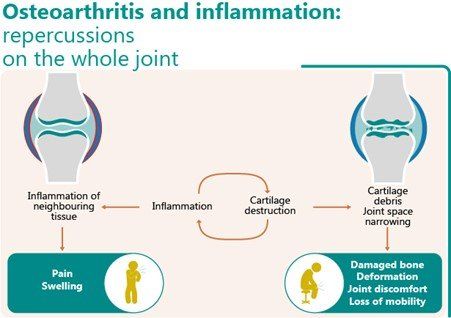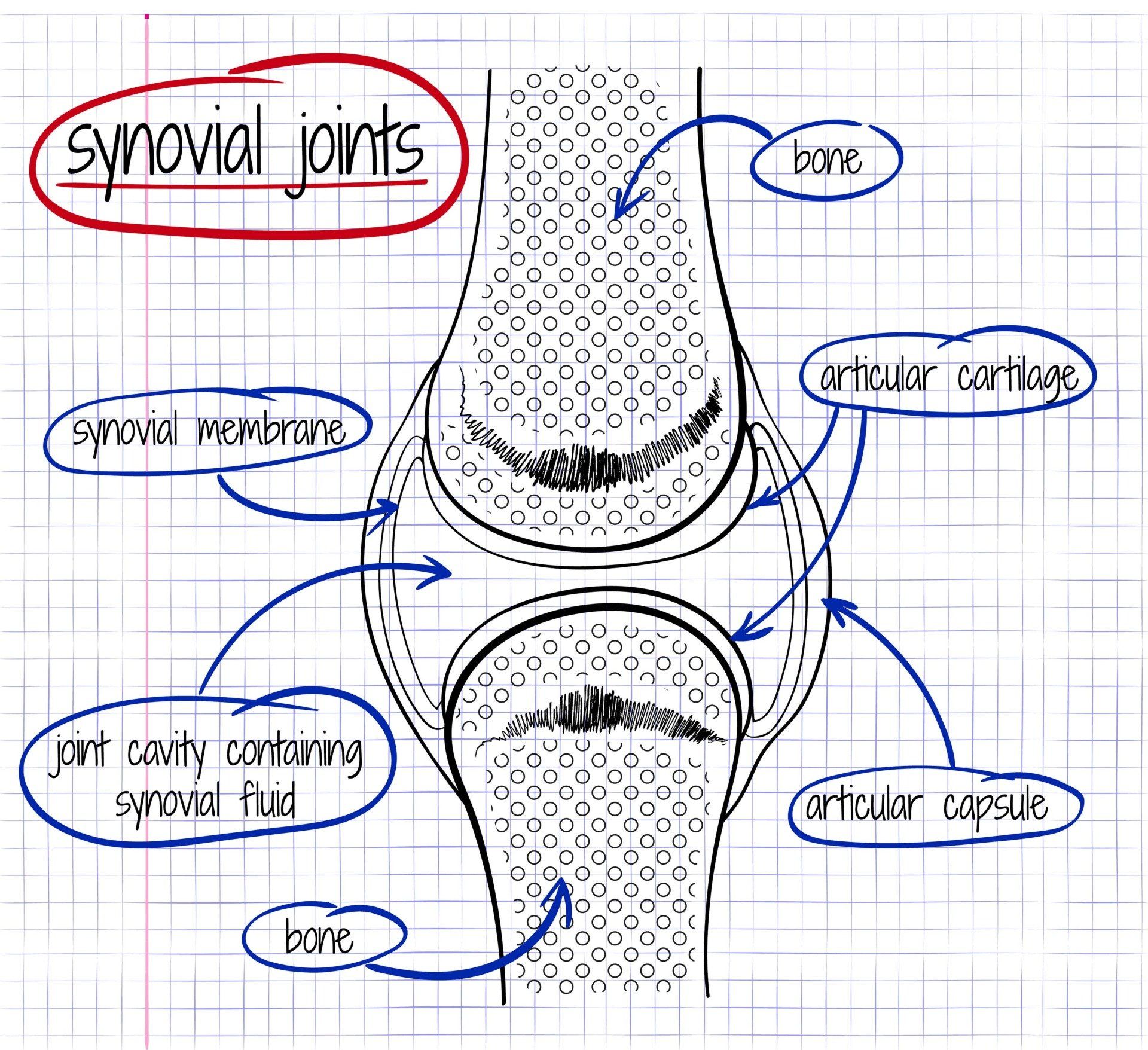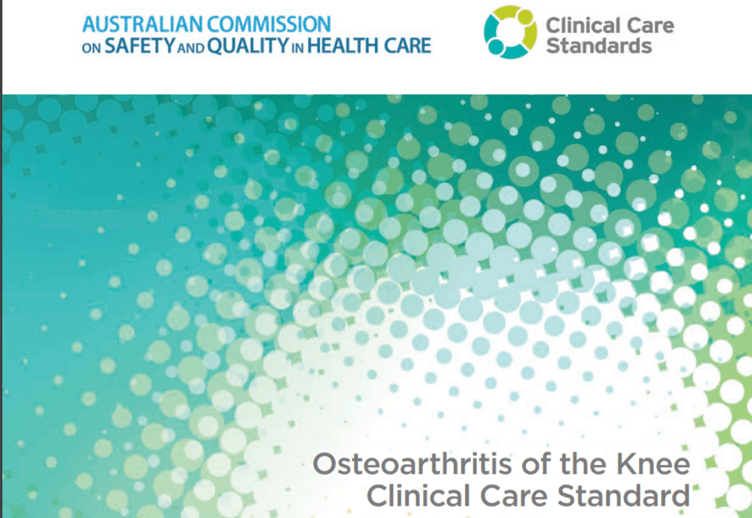Arthritis (Osteoarthritis)
Over 2 million Australians live with osteoarthritis and the estimated costs in direct medical bills, early retirement and loss of productivity is over 5.5Billion dollars per year. 2
OA is both a degenerative and inflammatory disorder and it is critical that patients learn how to manage it. 3
This is because patients with OA can suffer a downward spiral in health outcomes outside the musculoskeletal system.
Pain from OA can lead to inactivity and poor dietary habits leading to weight gain, high insulin levels, exacerbated inflammation, poor sleep and mood and worsened pain- and the cycle goes on. 4–6 If this goes on for long enough, the inactivity and metabolic deterioration can lead to complications affecting the function of virtually every organ in the body via the effect of high glucose and insulin levels on the small and large blood vessels; promoting inflammation and plaques forming in those vessels. 7–9
What is Arthritis?
Arthritis, meaning inflammation of the joints, causing pain, stiffness and disability and is very common. It affects both adults and children and can cause chronic pain. Most commonly we are referring to Osteoarthritis because it is by far the most common form of arthritis, affecting well over 10% of the population and increasing with age.
We often think of Osteoarthritis as "wear and tear" of cartilage. However, osteoarthritis is also an Inflammatory problem. There are strong links between higher levels of arthritic pain and poor metabolic health and weight gain.
A joint is situated where two bones meet. Joints allow movement and flexibility of various parts of the body.
The movement of the bones is caused by muscles which pull on tendons that are attached to the bone. Cartilage covers the end of bones. Between the cartilage of two bones that form a joint, there is a small amount of thick fluid called synovial fluid. This lubricates the joint, which allows smooth movement between the bones.
The synovium is the tissue that surrounds a joint. Synovial fluid is made by cells of the synovium. The outer part of the synovium is called the capsule. This is tough, gives the joint stability, and stops the bones from moving out of joint. Surrounding ligaments and muscles also help to give support and stability to joints.
How does Arthritis Affect You?
Arthritis may affect just one joint or a few joints, common Osteoarthritic joints include:
- Knee Joints
- Hip Joints
- Spine Joints (Facet and Discovertebral)
- Shoulder (Glenohumeral and AC) Joints
- Elbow and Ankle Joints
- Small joints of the Hands and Feet
Some patients have a number of Osteoarthritis joints and this can resemble an inflammatory disorder. Often this is associated with poor metabolic health.
Causes of Arthritis
However, there are many different causes of arthritis including:
- Age and wear and tear on joints
- Septic arthritis
- Ankylosing spondylitis
- Gout
- Calcium pyrophosphate deposition
- Psoriatic arthritis
- Reactive arthritis
- Juvenile idiopathic arthritis
Non-Surgical Treatment Options
Some conservative treatment measures for knee osteoarthritis include:
- Activity Modification and Biomechanical Aids
- Weight Reduction
- Anti-inflammatory Medications
- Strengthening Exercises for the muscles supporting the joint
- Orthotics such as walking poles, canes, braces or insoles
- Injection into the affected joint eg: Innovative Adjuncts, Cortisone or Hyaluronic Acid Gels
- Pentosan Injections for Nodal Generalised Osteoarthritis
See the
Educational Video on the Right for more information
Symptoms of Arthritis
The symptoms of arthritis vary depending on the nature and severity of the underlying cause. Symptoms can include:
- Joint pain, tenderness and stiffness
- Restricted movement of the joints
- Warmth and red skin over the affected joint
- Weakness and muscle wasting around the joint
Types of Arthritis
The two most common types of arthritis are:
- Osteoarthritis and
- Rheumatoid arthritis.
Other forms of arthritis include seronegative and crystal arthritis.
Diagnosis of Arthritis
X-rays can reveal if osteoarthritis from degenerative changes is causing your knee hip or joint pain. The diagnosis of osteoarthritis is made from your
- history,
- physical examination
- radiology studies (x-ray)
There is no blood test to diagnose Osteoarthritis













